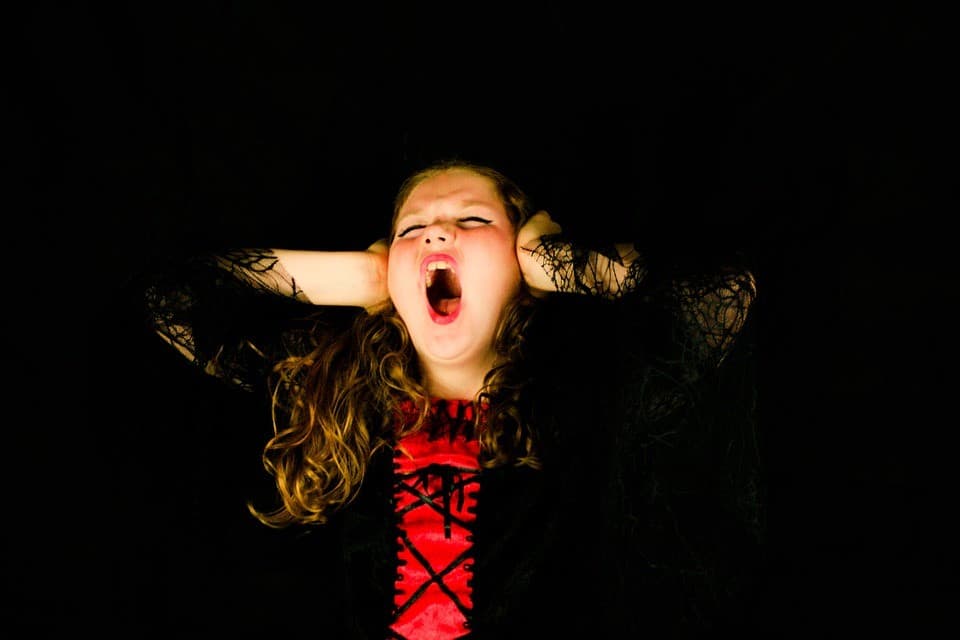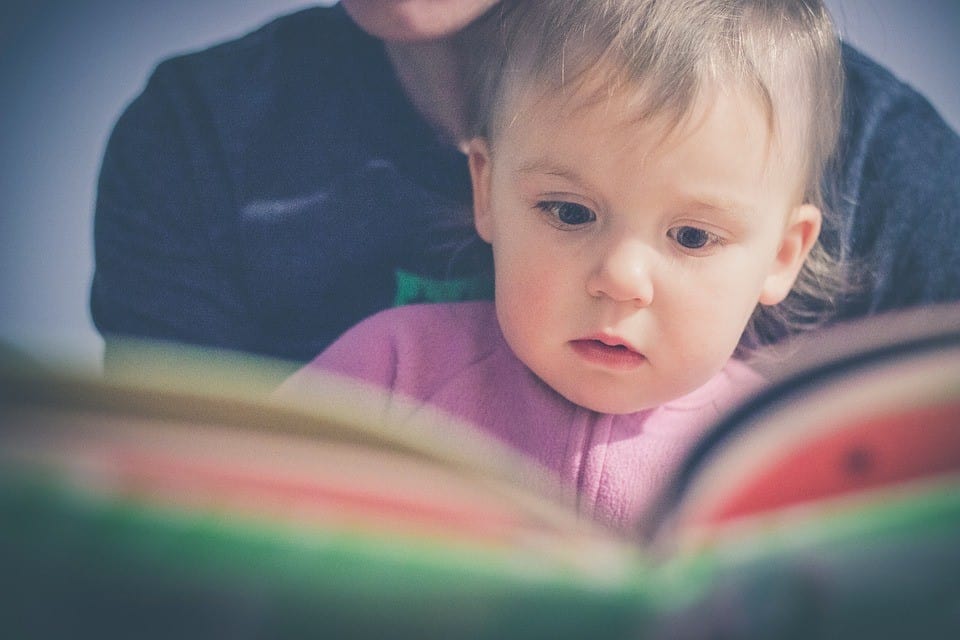
All children need a stimulating environment to learn, grow and achieve their healthy developmental milestones. But sometimes, too much stimuli during an activity can lead to overstimulation, or sensory overload, which might cause outbursts, tantrums, anxiety and even panic in your child. When a child is overwhelmed by more experiences, sensations, noise and activity than they can handle, overstimulation occurs.
Sensory overload can be a big challenge for special needs children, but in reality, all children deal with this, especially in our culture that is constantly pulsing with lights, sounds and smells that can overwhelm the senses. For example, an infant might seem uncomfortable or unable to settle down after a party where they have been held and cooed at by lots of adults. A toddler might have a tantrum after a big event like a trip to the zoo. An older child might be cranky if too much is packed into their day, like school, after-school care and then a music lesson. The first sign of an overstimulated child is tiredness, but with the inability to settle down and rest. When this happens, they need dedicated quiet time associated with a familiar, calm environment.
What does an overstimulated child look like?

Sensory overload can present itself in different ways for different children. While one child might completely shut down, another child may grow restless, angry or even aggressive. Yet another child may catapult himself or herself all over the place, trying to get rid of some of that excess stimulation. Other children are so distraught and uncomfortable that they just start crying uncontrollably. Regardless of how sensory overload manifests itself, it can cause an overwhelming amount of chaos for everyone involved.
If an infant or child is experiencing sensory overload, he or she might:
- Act cranky or fussy
- Cry more than usual
- Turn their head away from you or push you away
- Wave their arms and jerk their legs
- Be unable to use words to describe their feelings
- Act frustrated or throw themselves on the ground
- Refuse to do simple things or things they usually enjoy
How can we deal with sensory overload?
The key is to try your best to balance activity and quiet, and action and rest. Doctors say that a child’s brain develops faster in the first five years than any other time in life. That’s partly what’s causing the overload — all of these experiences are supposed to stimulate the brain, allowing neurons to make millions of meaningful connections.

That’s why a stimulating environment is a good thing — give your child lots of ways to play, learn, and practice to get ready to survive in the world. Make their bedroom or playroom a place that is warm and welcoming, with lots of interesting colors that stimulate the imagination. But that doesn’t mean stimulation should cover the floor and the ceiling, or that you have to pack your child’s schedule with dozens of extracurricular activities. Babies and young children also need down time — just like adults.
Here are three tips to help you strike a balance of both stimulating and soothing:
Tip #1: Create a Calm Space
Some children are very tactile, so a calm space with a warm, cozy blanket or pillow can be quite soothing. The feeling of security can override the overwhelming feeling of being out of control. Something as simple as a soft blanket — one the child enjoys snuggling in to watch movies or read with mom and dad — can become that calm center of security. You can hold your child in your lap and hug them gently, or give them space to calm down. Wrap them gently in their blanket, and when they’re ready to talk, let them choose the topic. They can talk about their feelings, but only if they want to — they shouldn’t be forced.
Tip #2: Guided Imagery
Another way to help calm a child down after overstimulation is to spend five minutes going through a guided imagery exercise.This is a relaxation strategy where a facilitator provides suggestions about a body part to focus on relaxing. It typically begins with your child doing some deep breathing. It helps if you put his or her hand on your chest and practice this breathing technique where they can feel it. Next, move up the body, relaxing specific parts in order — feet, calves, knees, thighs, chest, shoulders, elbows, wrists, hands, neck and face. Getting your child to focus can help them relax more fully and completely, which is really helpful when trying to coax a child to bed.
Tip #3: Calm Time vs. Time Out
Sometimes when an overstimulated child gets out of control, maybe even violent, the safest thing to do is get them in their room. It’s important that this is not seen as a consequence or a punishment, but as a “calm out,” a place where they can go and release all their emotions until they calm themselves down. Don’t put a time limit on how long they have to stay there and let them do whatever they need to (within reason) to calm down. Monitor their behavior to make sure they do not injure themselves or damage items in the room, and make sure they know they must clean up whatever mess they may have made. Some parents help with the clean-up as a way to bond and show compassion after the incident. During this time, you can talk about what happened. Time-out is so often seen as a punishment, so it’s important to frame the situation as a time to think about things.
What are some quick tips for preventing overstimulation?
First and foremost, try to stay calm yourself. Your child will feed off of your emotions, so if you stay calm, they will likely relax more quickly. Other ways you can help prevent sensory overload and de-escalate a situation include:
- Take scheduled breaks away from noise and activity. Put on some soft music and let them spend time helping you with a task to encourage focus and winding down.
- Help your child describe how he or she is feeling instead of expressing it by acting out.
- Choose a calming activity that you do together, like reading a book, lying down together, singing soothing songs or gently rubbing their back.
- Change the environment. If a child is overstimulated at a park or a party, go for a walk. If a trip to the mall is causing an outburst, go outside or back to the car.

When children reach school-age, they should be able to begin calming themselves down. However, they will still need your guidance:
- Encourage your child to go to a quiet place to relax from overdoing it. Reclining in a chair in a quiet room with a softly-colored picture book and a comfy blanket is a good start.
- Let your child know it’s OK to let some activities go if they’re overwhelmed. Help them decide which activity isn’t as enjoyable or rewarding. Make sure they understand that taking a break isn’t a failure.
- Explore some mindfulness strategies with your child. Find some that you can practice together, and some that they can do on their own.

Sensory overload can happen any time, any place — at home or out in public. It’s important you have a plan to address your child’s specific needs, but also be flexible. Creating a calm space in your house, one the whole family can use to cope with stress and sensory overload, is a great way to create healthy, mindful habits that benefit everyone. Most importantly, look ahead and try to be patient — with your child and yourself.

 United States
United States Canada
Canada